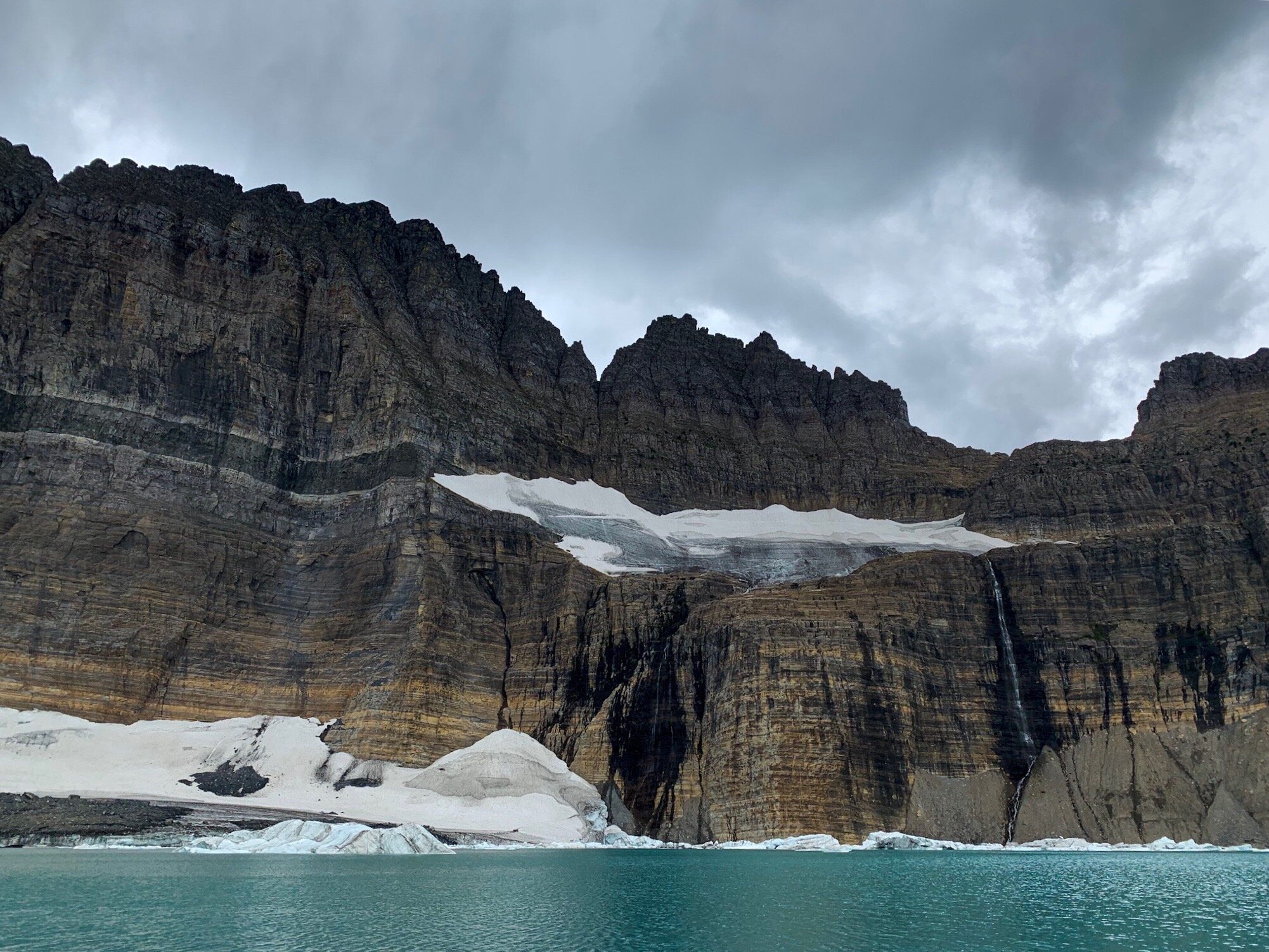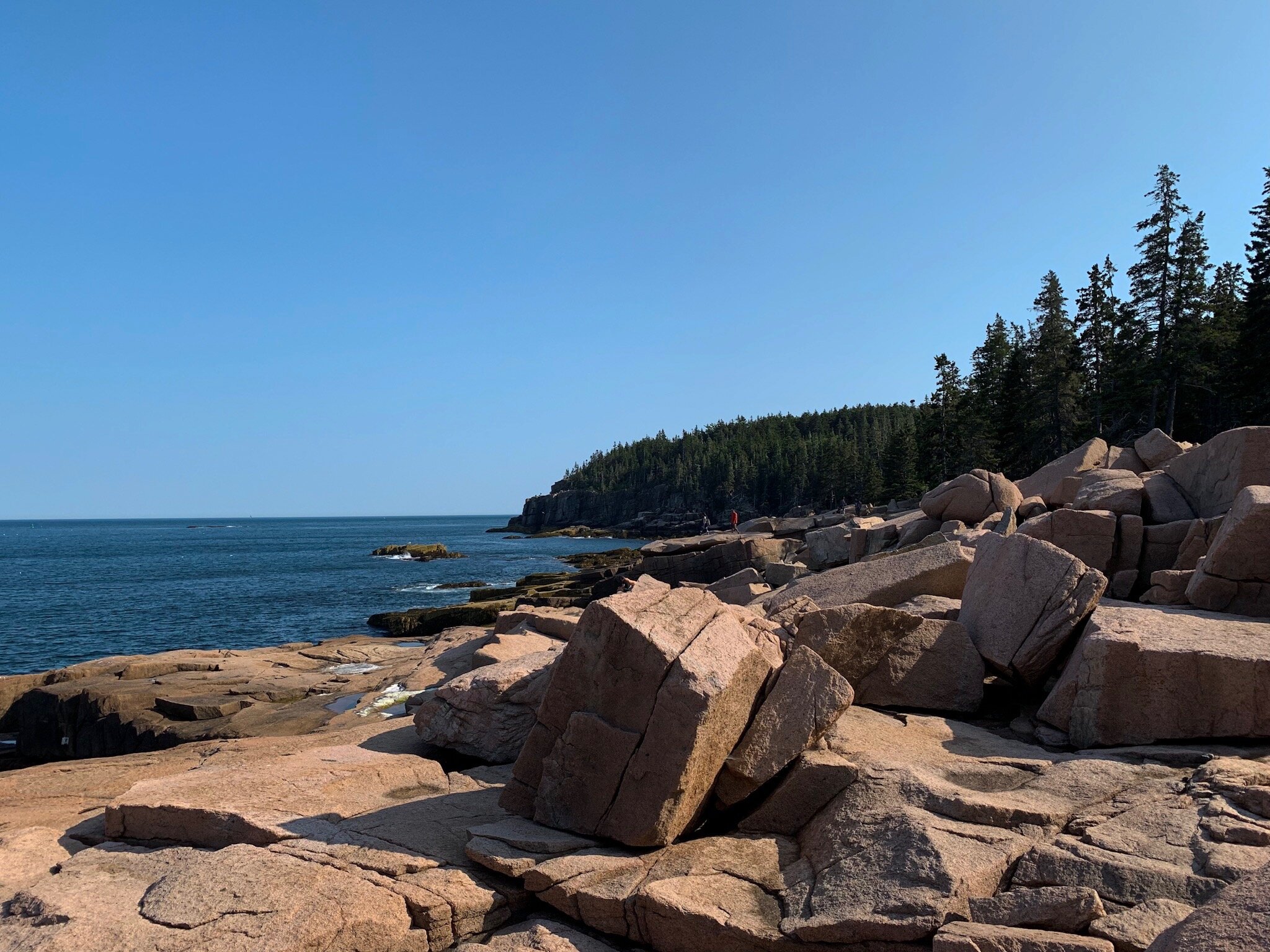I recently returned from Southeast Asia, where I volunteered for a month in Thailand and Laos with GIVE Volunteers. It’s no question that, of the two countries, Laos made the bigger impact on me as a person, a traveler, and a global citizen. Laos is an incredibly special country, and the truth is, two years ago, like many of you, I had no idea it even existed.
Laos is a small, landlocked country just north of Thailand. It borders four other countries as well: China, Vietnam, Myanmar, and Cambodia. It’s known for its mountains, Buddhist culture, and waterfalls.
During our time in Laos, we visited three major spots (IE: one city, one backpacking village, and one remote village). This is the best journey through this beautiful country that will show you the best of Laos, from Luang Prabang to Sop Chem.
View from the Nam Ou River
Luang Prabang City
Not to be confused with Luang Prabang Province, Luang Prabang City is the first part of Laos I got to experience. It’s a clean city with plenty of hostels (we stayed at Mao Pha Sohk Guesthouse), vans available as public transport, markets, and culture.
Luang Prabang is gorgeous, even for a city, and is home to a fantastic array of restaurants (Coconut Restaurant is a crowd favorite), as well as a huge night market that happens daily, starting at 5pm (Laos time). Our first day started with participating in the Alms ceremony, where we gave rice to monks as they made their way to temple. This is definitely something to experience, even though it starts at 5 am daily.
Another must-see in Luang Prabang is Tat Kuang Si National Park. This National Park is home to Kuang Si Falls, the famous waterfalls that are known as being one of the most beautiful places in the world, and the Free the Bears Moon Bear Sanctuary (who accept donations HERE). Both spots are incredibly important to witness for that perfect balance of cultural understanding and natural beauty.
The last must-see in Luang Prabang is the UXO museum. The UXO museum stands for the fact that Laos is the most bombed country and the most affected by the Vietnam War. Still, there is unexploded ordinance scattered throughout the country. True responsible tourism is understanding the culture, and there is no such thing as understanding Lao culture without talking about UXO.
View from Mao Pha Sohk Guesthouse at sunrise
Ban Sop Chem
Sop Chem is easily one of my favorite places on Earth. Sop Chem is a remote weaving village located directly on the Nam Ou River, and the best way to access it is by boat.
Sop Chem thrives on tourism. Most tourists just come for a day trip from Nong Kiaw, but there is a hostel in Sop Chem if you’d like to stay the night and experience this remote village for the night.
Here, we volunteered at the local school and permaculture plot, but also participated in plenty of cultural activities that tourists would also be able to experience, such as shopping for hand-woven fabrics, hiking to the Power China dam site, and exploring Tam Lom, a cave where the villagers of Sop Chem hid during the war (but please don’t go without a guide).
The people of Sop Chem are some of the most welcoming I’ve ever met, so stay a while if you can, pet the dogs, and play cards with the local kids—this is an experience like no other.
Ban Sop Chem
Nong Kiaw
Nong Kiaw was the backpacker village we stayed in on our way back to Luang Prabang from Sop Chem where we stayed in the Sunrise Hostel, and spent my birthday adventuring. There is so much nature to experience in Laos, and a lot of those beautiful places are right in Nong Kiaw.
Two of the most notable are the Pha Thok Cave and Pha Deang Peak hike. The Pha Thok Cave is another combination of nature and culture, as it gives you another perspective into the history of the country during wartime. Pha Deang Peak is a strenuous, approximately 6 mile hike that gains 3,000 feet in elevation from bottom to top. This is a genuine mountain summit hike, but it comes bearing some of the best views in the country.
View from Pha Deang Peak, Nong Kiaw
Laos is truly one of the most beautiful places I’ve ever been. It’s known for village communities, mountains, and rivers, and the culture is like no other. I hear a lot of talk about visiting Southeast Asia, and Laos should be on everyone’s list, if not for the beauty, then for the culture.
Laos (other than Sop Chem, which is a good break from being on the grid) is incredibly backpacker and digital nomad friendly. Learn how to work and make money online with Wired Creatives HERE!





















































